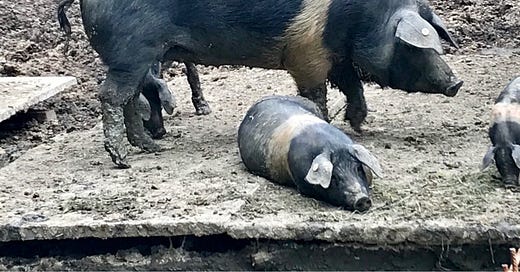Thanksgiving in 1789’s Maine
How did Martha Ballard celebrate on the Maine frontier? To find out, please join me on Saturday November 12th as I talk with the Culinary Historians of Southern California about Martha’s diaries and what she reveals about food, cooking, gardening, Thanksgiving, and all sorts of related subjects on the Maine frontier in the la…
Keep reading with a 7-day free trial
Subscribe to On the Kitchen Porch to keep reading this post and get 7 days of free access to the full post archives.



